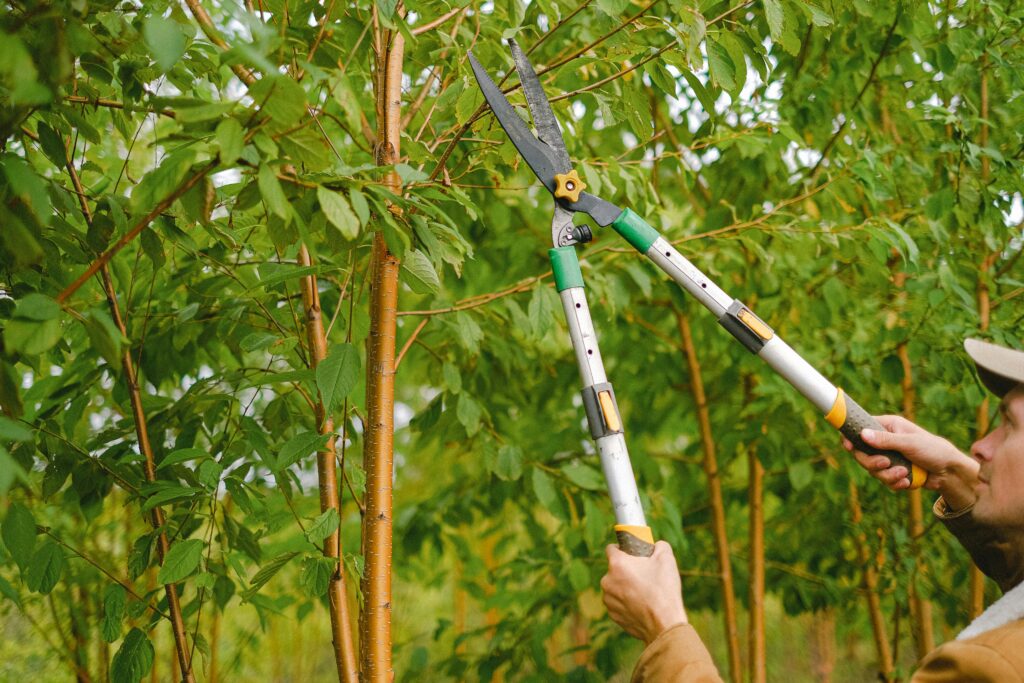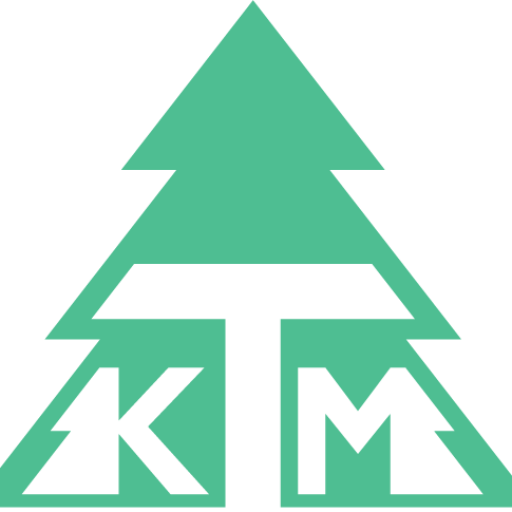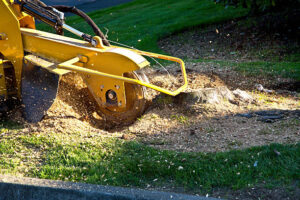Pruning is an essential aspect of tree care, helping to maintain the health, appearance, and safety of your trees. In Utah County, where diverse tree species thrive, understanding the best practices for pruning is crucial. Here’s a comprehensive guide to help you prune your local trees effectively.
Understanding Local Tree Species
Utah County is home to a variety of tree species, each with unique pruning needs. Some common species include:
- Maple Trees: Known for their vibrant fall colors, maples benefit from pruning in late winter or early spring before new growth begins.
- Pine Trees: Pines should be pruned in late winter to early spring to avoid diseases. Focus on removing dead or diseased branches.
- Fruit Trees: Apple and cherry trees require annual pruning to encourage fruit production and maintain shape. Prune in late winter while the tree is dormant.
Best Practices for Pruning

- Timing: The best time to prune most trees in Utah County is during their dormant season, typically late winter or early spring. Avoid pruning during the hot summer months or late fall to reduce stress on the tree.
- Tools: Use sharp, clean tools to make precise cuts. Pruning shears, loppers, and saws should be well-maintained to prevent injury to the tree and ensure clean cuts.
- Techniques:
- Thinning: Remove select branches to improve air circulation and light penetration. This helps reduce the risk of diseases and promotes healthy growth.
- Heading: Cut back branches to encourage new growth and shape the tree. Avoid cutting too much at once to prevent shock.
- Removing Dead or Diseased Wood: Always prioritize removing dead, damaged, or diseased branches to prevent the spread of illness and improve the tree’s overall health.
- Avoiding Common Mistakes:
- Topping: Avoid the practice of topping trees, which can lead to weak growth and increased risk of diseases.
- Over-Pruning: Prune conservatively to avoid stressing the tree. Removing too much foliage can weaken the tree and make it more susceptible to pests.
When to Seek Professional Help
While DIY pruning can be beneficial, certain situations call for professional assistance:
- Large Trees: If you’re dealing with large or mature trees, it’s best to consult a professional to ensure safe and effective pruning.
- Complex Issues: For trees with complex health issues or those requiring significant structural pruning, a professional arborist can provide expert care.
Proper pruning not only enhances the beauty and health of your trees but also contributes to the overall aesthetics of your landscape. If you need assistance with pruning or other tree care services, KTM Trees is here to help. Our team of experts is equipped to handle all your tree care needs with precision and care.
For more information or to schedule a consultation, contact KTM Trees today!

